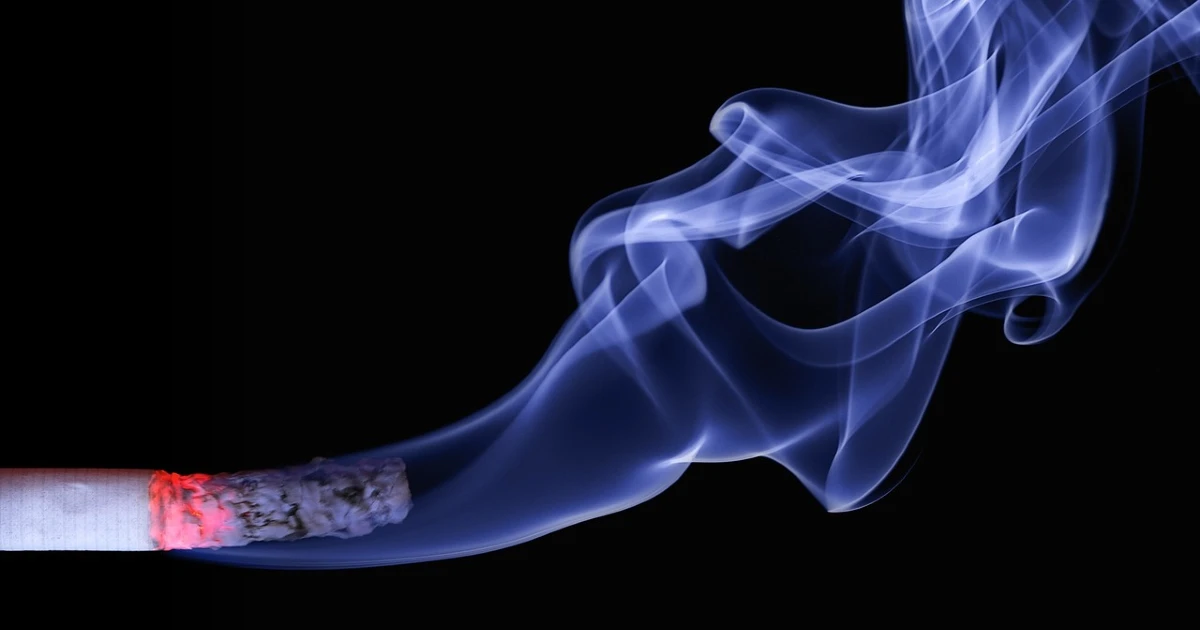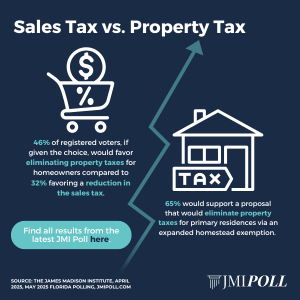The American Lung Association says tobacco use accounts for nearly half a million deaths in the U.S. each year and is the leading cause of lung cancer.
If you don’t smoke, but you are around tobacco smokers, you aren’t safe from its harmful effects. Since 1964, smoking-related illnesses have claimed over 20 million lives in the U.S., 2.5 million of which belonged to nonsmokers who developed diseases merely from secondhand smoke exposure.
The medical impact is compounded by the economic and societal costs of smoking in each state. According to recent study by WalletHub, smoking costs the U.S. more than $600 billion every year, which includes both medical care and lost productivity.
WalletHub researchers analyzed the potential monetary losses, including both the lifetime and annual cost of a cigarette pack per day, health care expenditures, income losses and other costs — brought on by smoking and exposure to secondhand smoke.
“Smoking has greatly declined in the U.S. in recent decades, but nearly 50 million people still use tobacco products,” WalletHub’s report on the study said. “Buying cigarettes for your entire adult life can cost you hundreds of thousands of dollars, but that number pales in comparison to the hidden costs of smoking. Over a lifetime, smokers lose out on millions of dollars they could have made if they’d invested the money they spent on tobacco. Smokers also tend to have lower wages, higher health care costs and higher home insurance premiums.”
WalletHub studied the habits of adults who smoke one pack of cigarettes per day beginning at age 21, when a person can legally purchase tobacco products in the U.S., and covered the lifespan of 48 more years, taking into account that 69 is the average age at which a smoker dies.
Out-of-Pocket Costs
To determine per-person Out-of-Pocket Costs Over a Lifetime, we took the average cost of a pack of cigarettes in each state and multiplied that figure by the total number of days in 48 years. For Costs per Year, we multiplied the average cost by 365 days.
Financial Opportunity Cost
To determine the per-person Financial Opportunity Cost, we calculated the amount of return a person would have earned by instead investing that money in the stock market over the same period. We used the historical average market return rate for the S&P 500 minus the inflation rate during the same time period to reflect the return in present-value terms.
Health-Care Cost Per Smoker
Direct medical costs to treat smoking-connected health complications are one of the biggest financial drains caused by tobacco use. To calculate related healthcare costs, we obtained state-level data from the Centers for Disease Control and Prevention — namely, the annual healthcare costs caused by smoking — and divided that amount by the total number of adult smokers in each state.
Income Loss per Smoker
Previous studies have shown that smoking can lead to loss of income, either because of absenteeism, workplace bias or lower productivity due to smoking-related health problems. This can create a wage gap between smokers and nonsmokers. To represent the negative relationship between earnings and smoking, we assumed an average 18 percent decrease in the median household income for each state. We arrived at this figure after a recent survey from National Longitudinal Surveys found that smokers earn 18.1 percent less than nonsmokers.
Other Costs Per Smoker
Nonsmokers are generally entitled to a homeowner’s insurance credit of between 5 and 15 percent, according to the Independent Insurance Agents & Brokers of America. Given that fact, we assumed an 11.1 percent increase (i.e. the inverse of a 10 percent credit, or the average between the two percentages) in the average homeowner’s insurance premium for each state to represent the penalty cost for smokers.
We then took into account the costs for victims of secondhand smoke exposure. To calculate these costs, we used the per-nonsmoker expenditure in the state of New York as a proxy. We then multiplied that figure by the number of nonsmokers in each state to obtain the total costs of exposure to secondhand smoke at the state level. Finally, we divided the resulting total by the number of smokers in each state. This approach assumes that, in a perfect society, smokers would also pay the costs related to the harmful smoke that tobacco releases into the air.
Formula for Financial Cost of Smoking
Financial Cost of Smoking = Out-of-Pocket Costs + Financial Opportunity Cost + Related Health-Care Costs + Income Loss Due to Smoking-Related Issues + Increase in Homeowner’s Insurance Premium + Secondhand Smoke-Exposure Costs.























